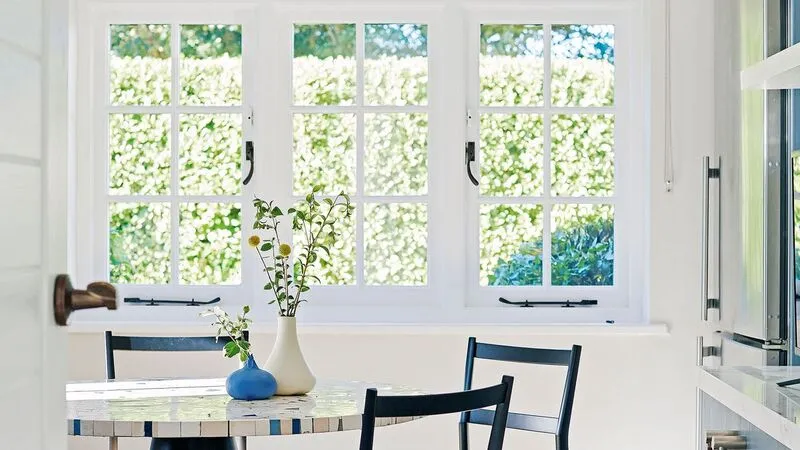Ensuring pristine air quality in your home is vital for your health and overall well-being. From reducing allergens to eliminating harmful pollutants, many factors contribute to indoor air purity. Here are 10 simple steps you can take to improve air quality in your home and breathe easier.
1. Clean Regularly
Dust can linger on surfaces, and neglecting cleaning can lead to the accumulation of dirt and allergens. Introduce a regular cleaning schedule that includes dusting, vacuuming with a HEPA filter, and mopping. Pay special attention to areas like window sills, ceiling fans, and the tops of cabinets where dust often amasses. This simple step can greatly reduce the presence of airborne particles in your home.
2. Greenery Galore
Bringing plants into your living space isn’t just an aesthetic choice—it’s a smart health move! Plants are natural air purifiers; they absorb carbon dioxide and release oxygen. Certain plants, like spider plants and peace lilies, are particularly effective at filtering out common volatile organic compounds (VOCs). Just be mindful of the specific care each plant needs to flourish in your chosen location.
3. A Carpet-Free Zone
Carpets tend to harbor vast quantities of dust mites, pet dander, and other allergens. If possible, opt for hardwood, tile, or linoleum flooring since they are easier to clean and less hospitable to these unwanted houseguests. If you must have carpets, vacuum them at least twice a week with a HEPA-filter vacuum cleaner and consider professional deep cleaning every 6-12 months.
4. Ventilate and Circulate
Stagnant air can become a haven for pollutants. Regular ventilation is key to keeping the air fresh. Open windows frequently to allow fresh air in and indoor pollutants out. You can also use exhaust fans in the kitchen and bathroom that vent to the outside. Additionally, consider using fans or an air purifier to keep the air circulating.
5. Say No to Smoking
Tobacco smoke is one of the most harmful pollutants indoors. The ideal solution is to ban smoking inside the home altogether. Cigarette smoke contains over 7,000 chemicals, many of which are toxic and known to cause cancer. If quitting isn’t a current option, create a designated outdoor area for smoking to prevent smoke from affecting indoor air quality.
6. Filter It Out
High-efficiency HVAC filters can significantly improve air quality by trapping tiny particles. Regularly changing or cleaning these filters is imperative for their effectiveness. Consider upgrading to a MERV-rating recommended for your specific HVAC system, which can catch smaller particles like bacteria and viruses. Change filters at least every three months—more often if you have pets or allergies.
7. Consult a Professional
Sometimes, despite your best efforts, indoor air quality may remain a concern. In such cases, consult a professional from Riverton who can assess your living environment and recommend solutions. This may include air conditioning installation or upgrades to your existing HVAC system.
8. Chemical Awareness
Many household products emit VOCs that can affect indoor air quality. Be mindful of the cleaning supplies, paints, and even the furniture you’re using. Look for low- or no-VOC options when shopping for products. Additionally, consider switching to more natural, homemade cleaning solutions to minimize the number of harmful chemicals you introduce into your home.
9. Control Pet Dander
If you have pets, you’re familiar with the dander issues they bring. Regular grooming, including baths and brushing, can go a long way in reducing the amount of dander that’s shed. Additionally, keeping pets off upholstered furniture and out of bedrooms can help contain the spread of pet-related allergens. Wash their bedding and toys frequently as well.
10. Minimize Synthetic Fragrances
While they may make your home smell nice, synthetic air fresheners and scented candles can release various pollutants into the air, including VOCs. Opt for natural alternatives like essential oil diffusers or opening windows to allow fresh air and natural scents inside. If you must use synthetic fragrances, do so sparingly and maintain proper ventilation.
By incorporating these ten steps, you can dramatically purify the air quality within your home. Each tactic is simple and cost-effective, yet crucial in creating a space where breathing is not only essential but truly revitalizing. Breathe easy—the air you and your family are inhaling is as clean as it can be, and your home is a sanctuary of health and comfort.
